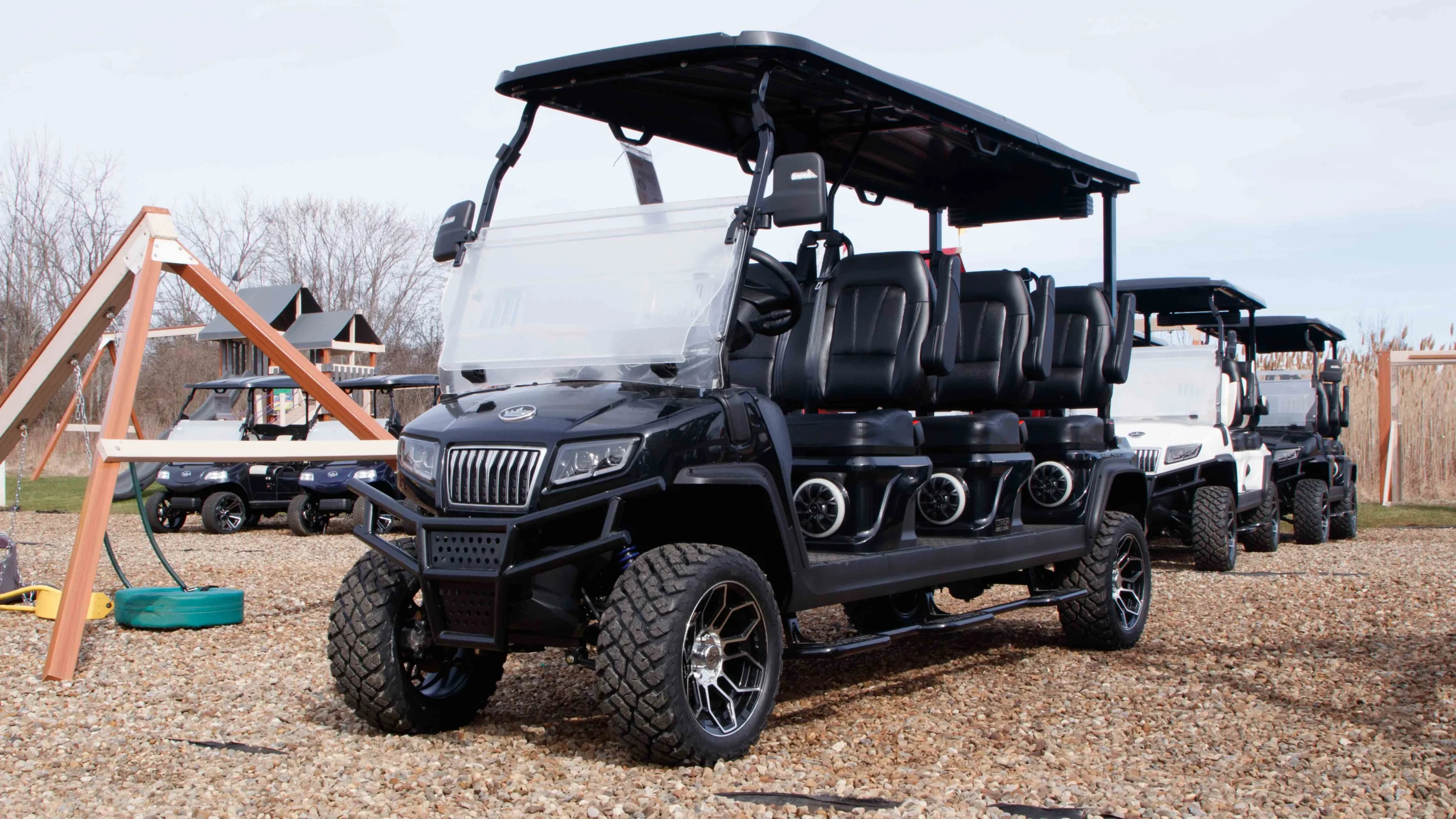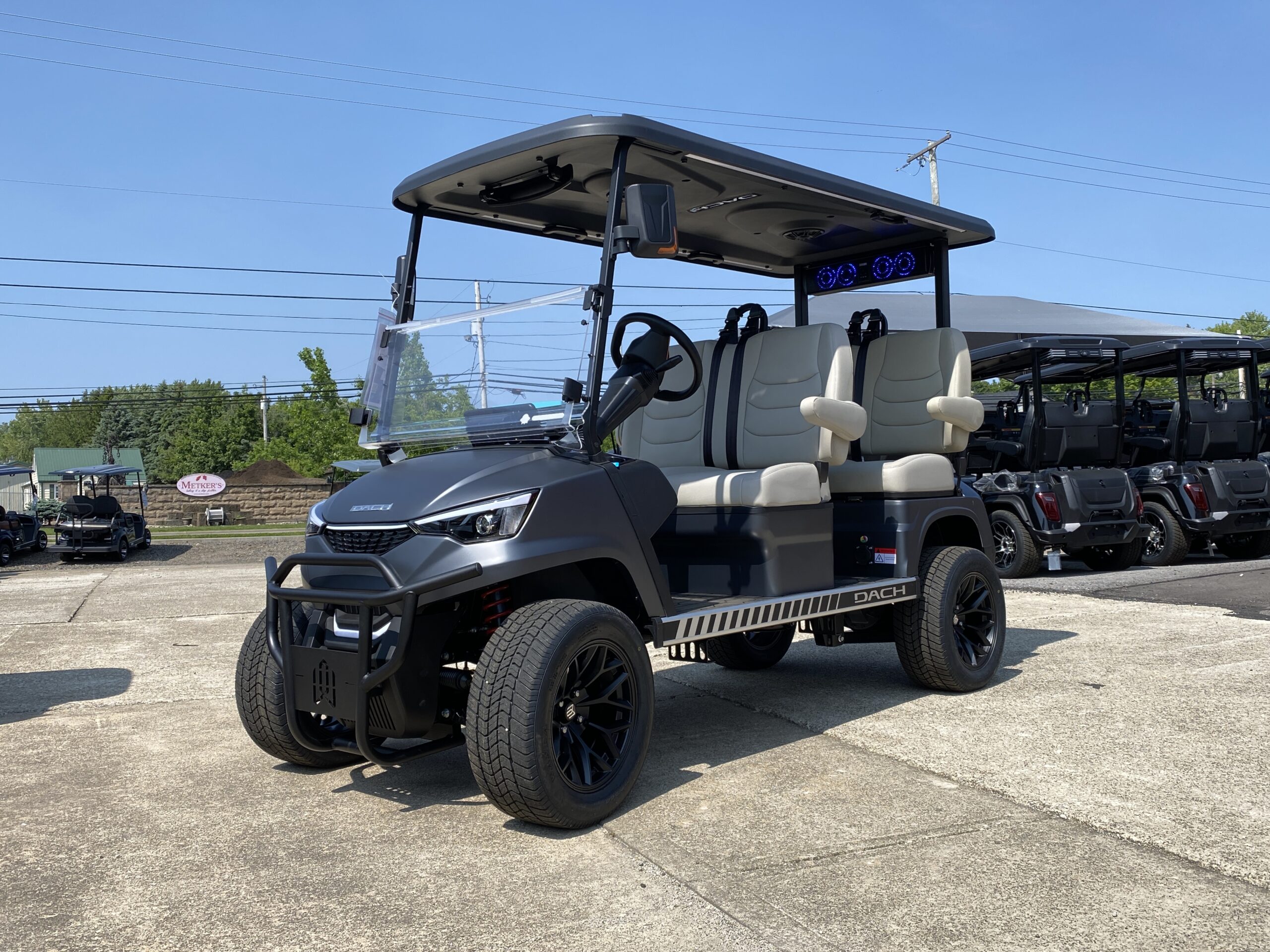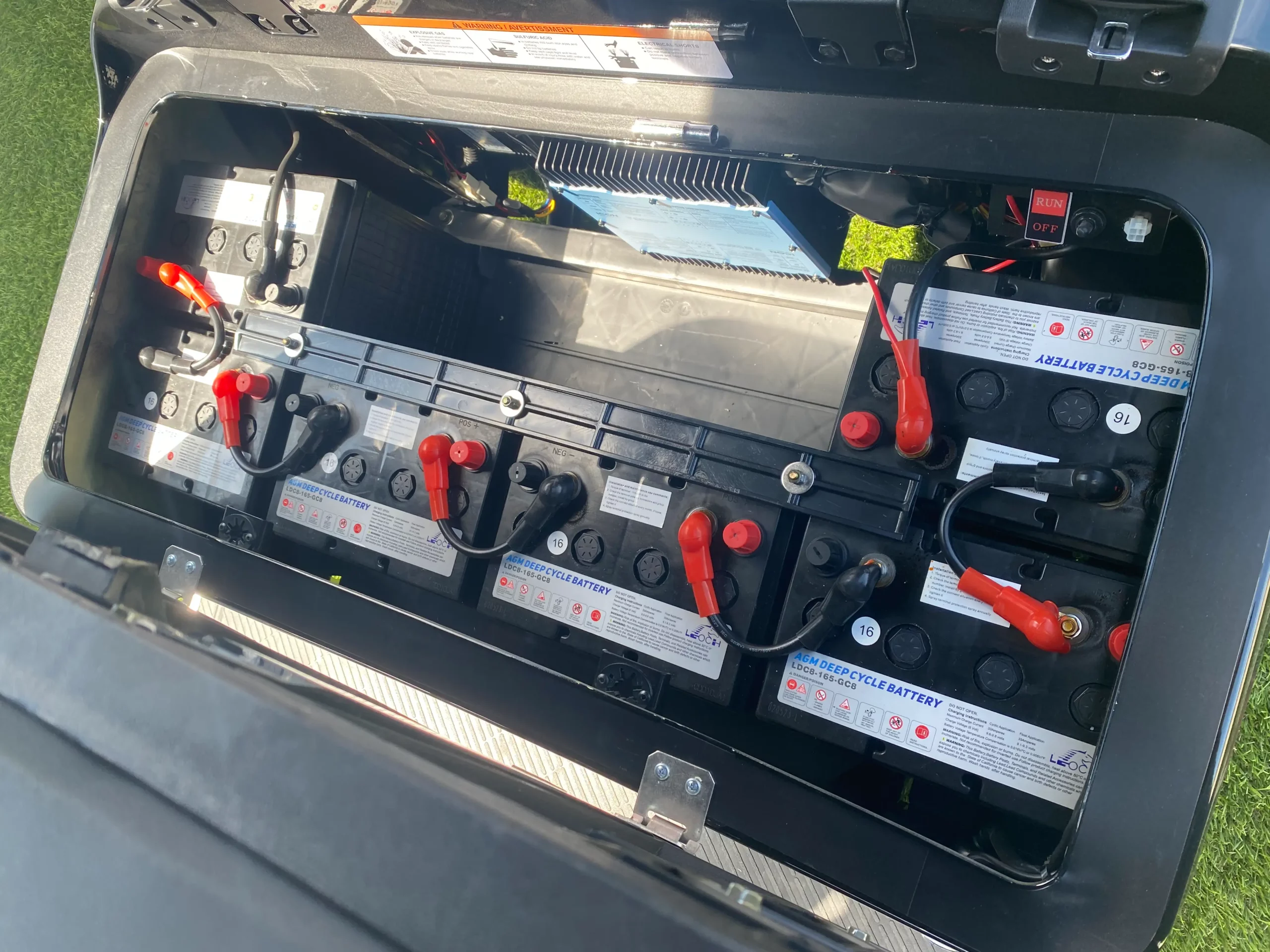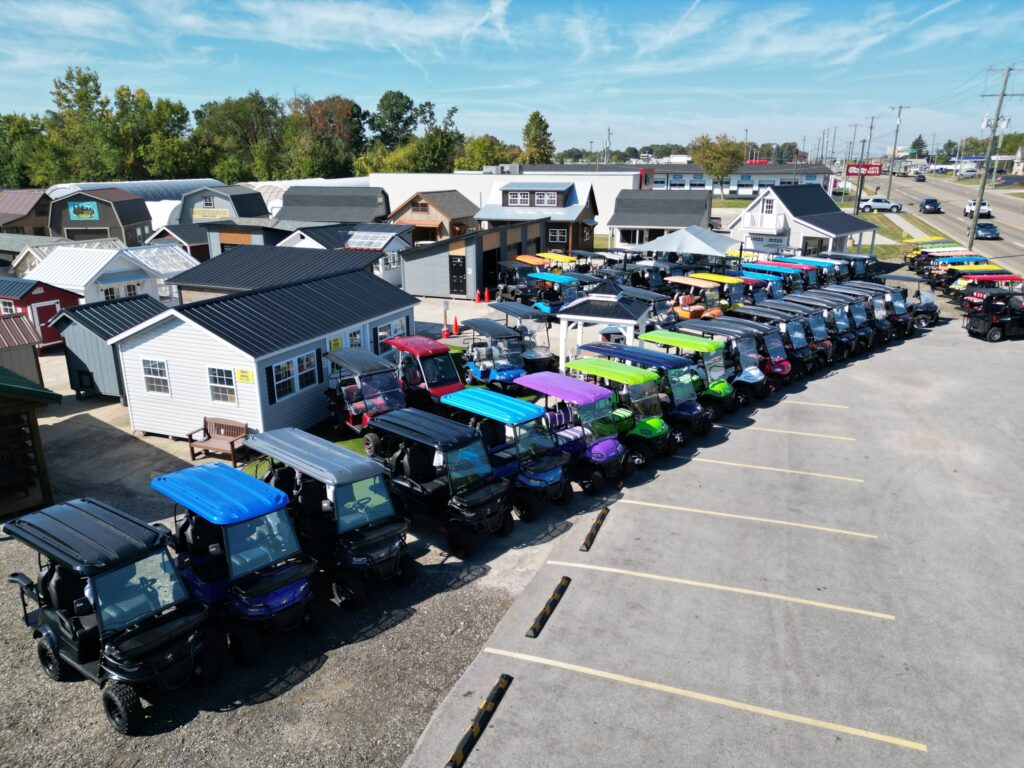Driving a golf cart may seem intuitive, but mastering it safely and effectively requires a full understanding of how these vehicles operate. Whether you’re cruising around your neighborhood, navigating a resort, or using one for commercial or on-course purposes, knowing how to drive a golf cart the right way can ensure not only your safety but the longevity of the cart itself.
While golf carts may appear simple compared to full-sized vehicles, they still operate with complex electrical or mechanical systems, and many newer models include technology like regenerative braking, digital dashboards, and programmable speed controls. In this comprehensive guide, we’ll walk through everything you need to know about driving a golf cart—from pre-drive checks to handling, safety, and navigating local laws.
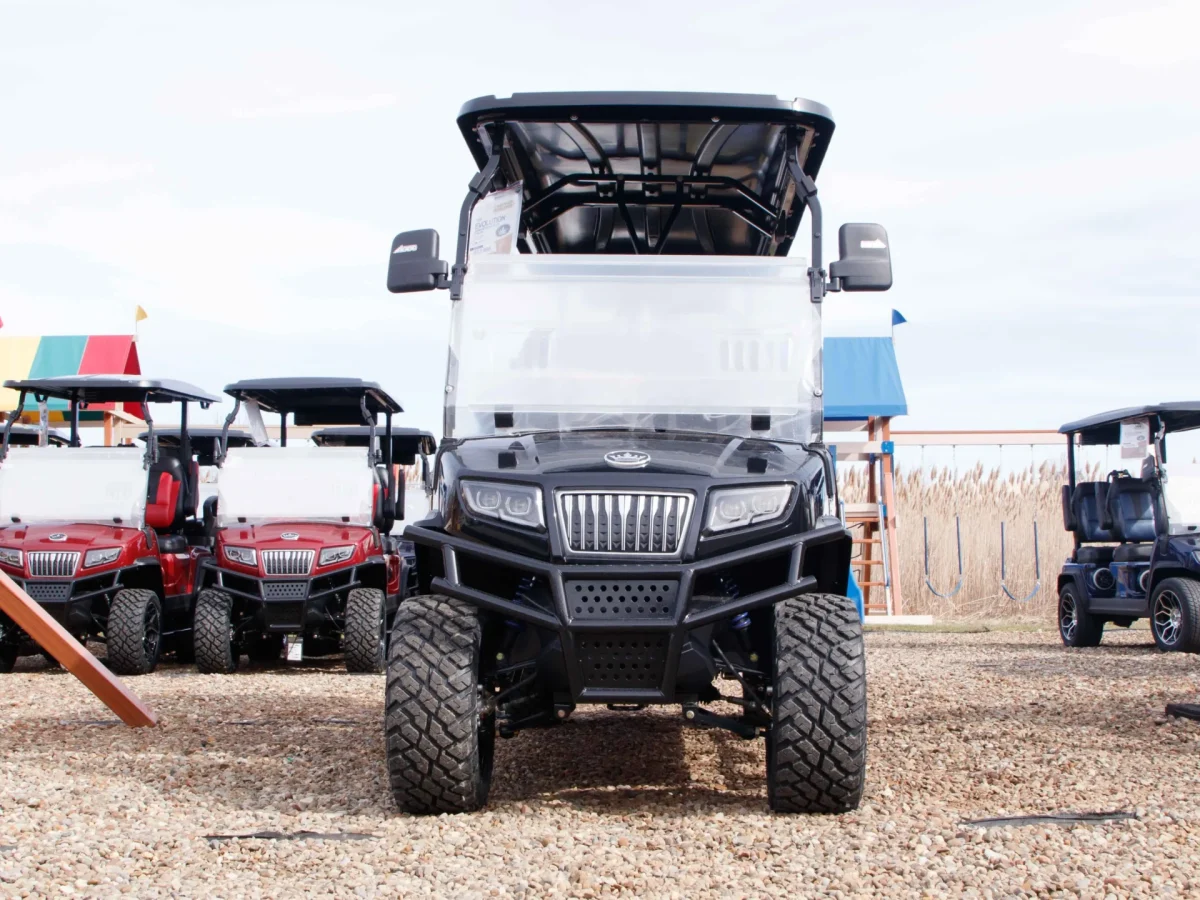
Know Your Golf Cart’s Power Source
Before driving any golf cart, it’s essential to know whether it runs on gas or electricity. Electric golf carts are powered by a battery bank, most often 36V or 48V systems composed of lead-acid or lithium batteries. Gas-powered carts, by contrast, operate similarly to small utility vehicles, using combustion engines that require gasoline and oil maintenance.
The power source affects how the cart starts, how it accelerates, and what kind of routine maintenance is required. According to Wikipedia, electric golf carts were originally developed to assist elderly and disabled individuals with mobility, but they’ve since evolved into widely used vehicles in residential, recreational, and commercial settings.
At Hartville Golf Carts, we help customers identify their cart type so they can operate it with confidence.
Before driving any golf cart, it’s essential to know whether it runs on gas or electricity. Electric golf carts are powered by a battery bank, most often 36V or 48V systems composed of lead-acid or lithium batteries. Gas-powered carts, by contrast, operate similarly to small utility vehicles, using combustion engines that require gasoline and oil maintenance.
The power source affects how the cart starts, how it accelerates, and what kind of routine maintenance is required. At Hartville Golf Carts, we help customers identify their cart type so they can operate it with confidence.

Pre-Drive Safety Check
Every golf cart driver should begin with a brief inspection to make sure the cart is in good working order. This includes checking the brakes, tire pressure, steering responsiveness, lights (if equipped), and battery or fuel levels. If you’re operating an electric cart, make sure the battery is fully charged.
Loose battery cables, worn-out tires, or low brake tension can create safety risks even at low speeds. Some modern carts even include diagnostics that alert the driver to service issues. Taking two minutes to check these basics can prevent breakdowns and extend the cart’s life.
Understanding the Controls
The control layout on most golf carts is straightforward, but it’s important to familiarize yourself with it before you begin driving. Most carts feature a simple ignition key or switch, a forward/reverse toggle or selector, and a gas pedal (for acceleration) and brake pedal. There’s typically no gear shift or clutch, as most carts operate with automatic transmissions.
Some models include a parking brake that must be released before moving, while others automatically disengage it when the pedal is pressed. Dashboards may display speed, battery charge, and error messages, particularly on lithium-powered or newer touchscreen-equipped carts.
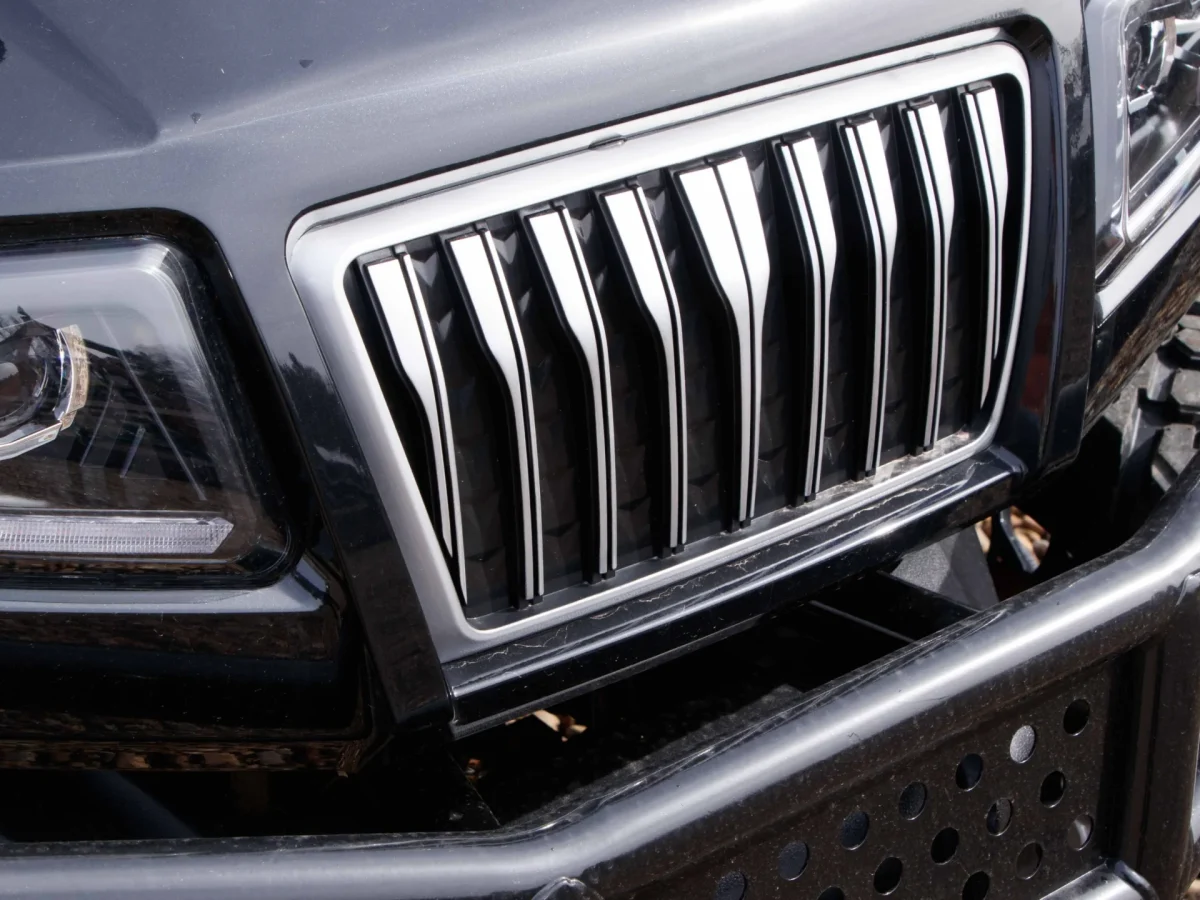
How to Drive an Electric Golf Cart
To start an electric golf cart, insert the key and switch it to the “ON” position. Set the direction selector to “Forward.” Press the accelerator gently and allow the cart to build momentum. Electric carts are known for smooth acceleration and quiet operation. Make sure you release the pedal gently to avoid abrupt stops.
If you’re driving a cart with regenerative braking, the vehicle may slow down automatically when you release the accelerator. This can help recharge the battery but may feel strange to new drivers.
How to Drive a Gas Golf Cart
Gas carts are started similarly but rely on an internal combustion engine. After inserting the key and switching the ignition to “ON,” pressing the pedal engages the starter motor, which turns the engine over. If the cart hasn’t run recently or the weather is cold, you may need to use the choke to get the engine started.
Once the cart is running, operation is nearly identical to that of an electric cart, though gas models are generally louder and may have a slightly delayed acceleration.
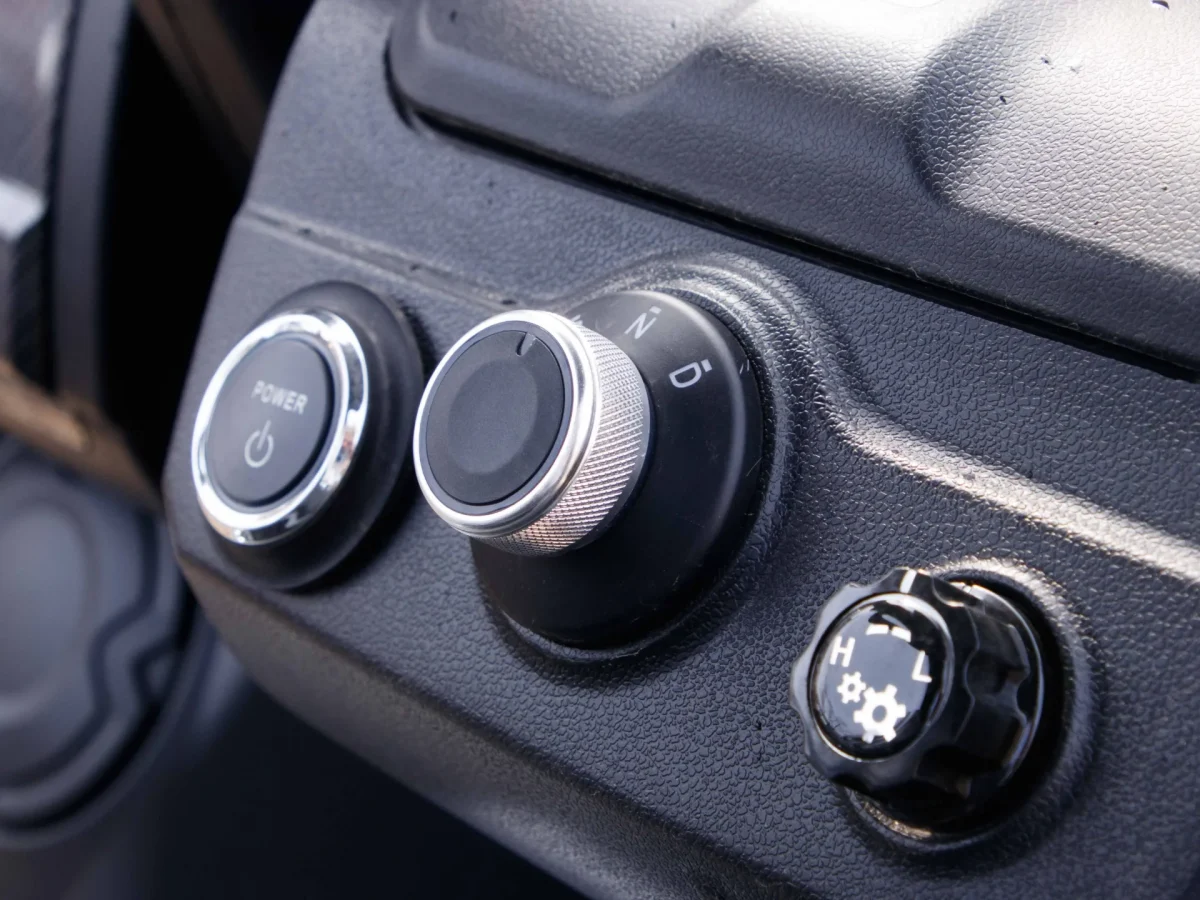
Steering and Turning Safely
Golf carts have a short wheelbase and high center of gravity, so they can tip if turns are taken too quickly or uneven terrain is encountered. Always reduce speed before making sharp turns and avoid sudden jerks of the steering wheel.
For street-legal carts equipped with lights and turn signals, remember to signal before turning. Even in areas where signaling isn’t legally required, using them increases your visibility and communicates your intentions to other drivers and pedestrians.
Braking and Stopping
Most golf carts use mechanical drum brakes or regenerative braking systems. Brake gently, especially on inclines or loose gravel. Avoid slamming the pedal, which can lead to sliding or damage. On electric models, regenerative braking may assist in slowing down, but you still need to apply the brake fully to come to a stop.
Engage the parking brake whenever you exit the cart, especially on a slope. If your cart includes an auto-hold function, learn how it works so you can depend on it during stops.
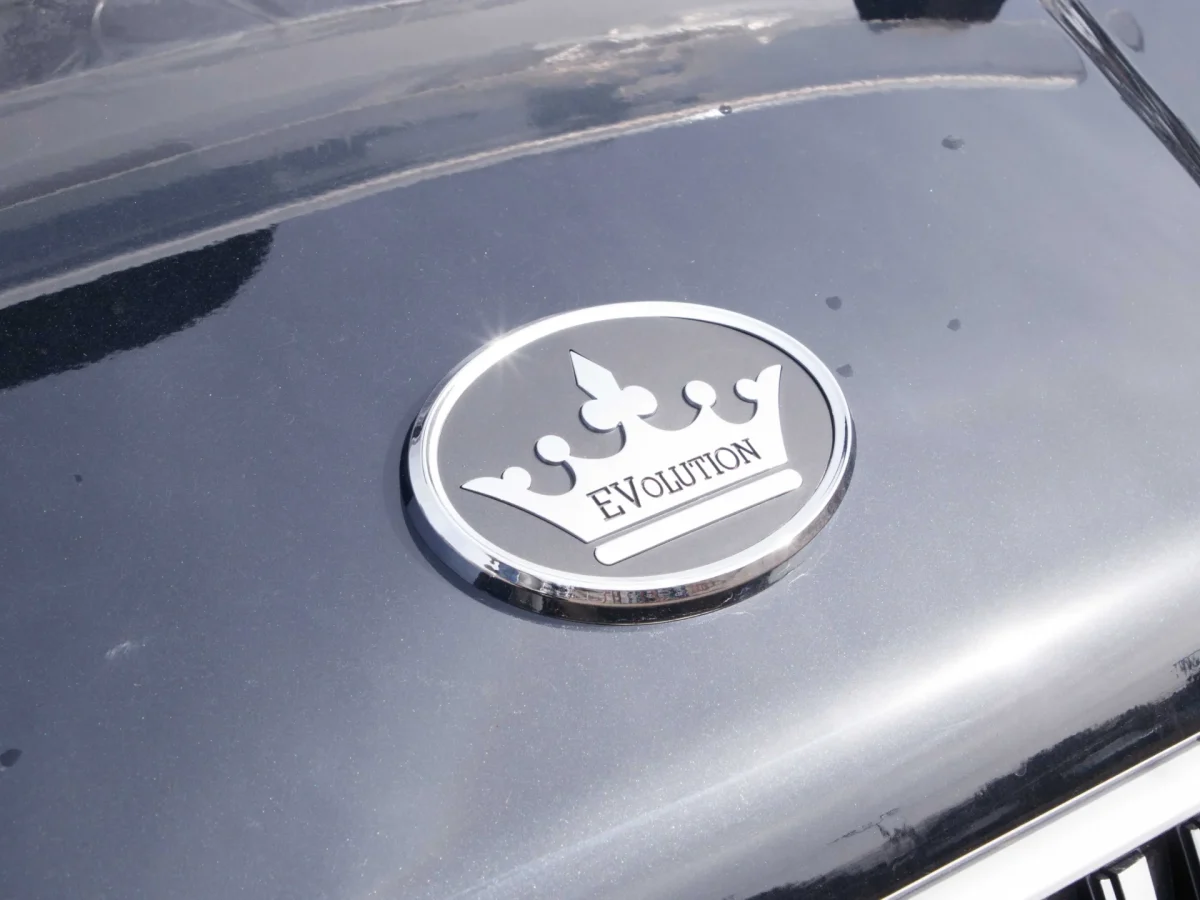
Navigating Inclines and Terrain
Modern golf carts handle hills and uneven surfaces well when driven properly. Reduce speed before ascending or descending hills. For steep inclines, maintain steady throttle without stopping midway, as stopping may strain the motor or cause rollback.
Avoid sharp or fast turns on slopes. If you’re driving over grass or gravel, accelerate slowly to avoid spinning the tires. Off-road capable carts may include enhanced suspension or larger tires, but all carts benefit from mindful driving on challenging terrain.
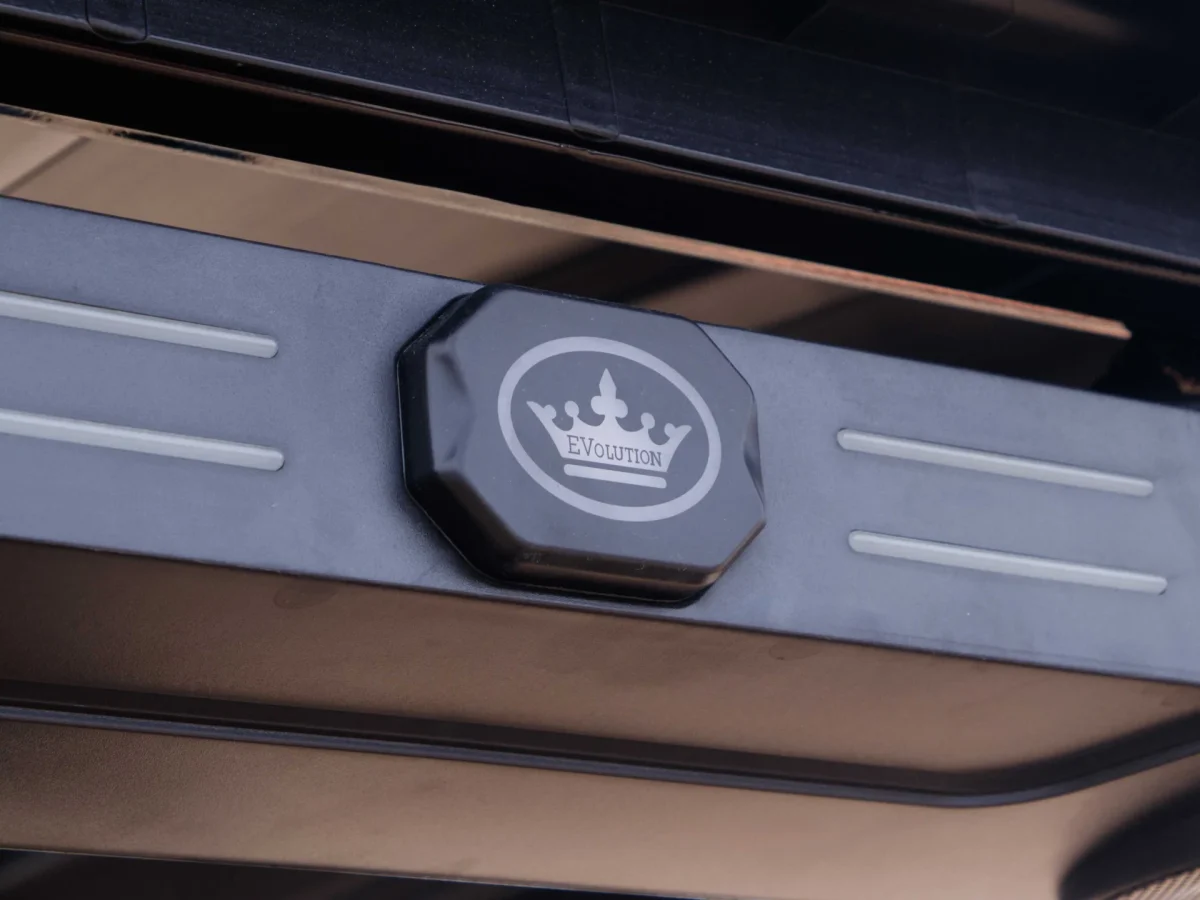
Driving on Public Roads
Some carts are designated as Low-Speed Vehicles (LSVs) and can legally be driven on public roads with speed limits under 35 mph. These vehicles must be equipped with seat belts, headlights, mirrors, reflectors, and a valid VIN. If your cart meets these standards and is registered, follow all standard traffic laws.
Unregistered carts must stay on private roads, trails, or property unless local laws say otherwise. Be aware that laws vary by state and city. Refer to the NHTSA’s low-speed vehicle regulations or your local DMV office. For a state-by-state overview of golf cart laws, DMV.org offers helpful summaries.
Some carts are designated as Low-Speed Vehicles (LSVs) and can legally be driven on public roads with speed limits under 35 mph. These vehicles must be equipped with seat belts, headlights, mirrors, reflectors, and a valid VIN. If your cart meets these standards and is registered, follow all standard traffic laws.
Unregistered carts must stay on private roads, trails, or property unless local laws say otherwise. Be aware that laws vary by state and city. Refer to the NHTSA’s low-speed vehicle regulations or your local DMV for guidelines.
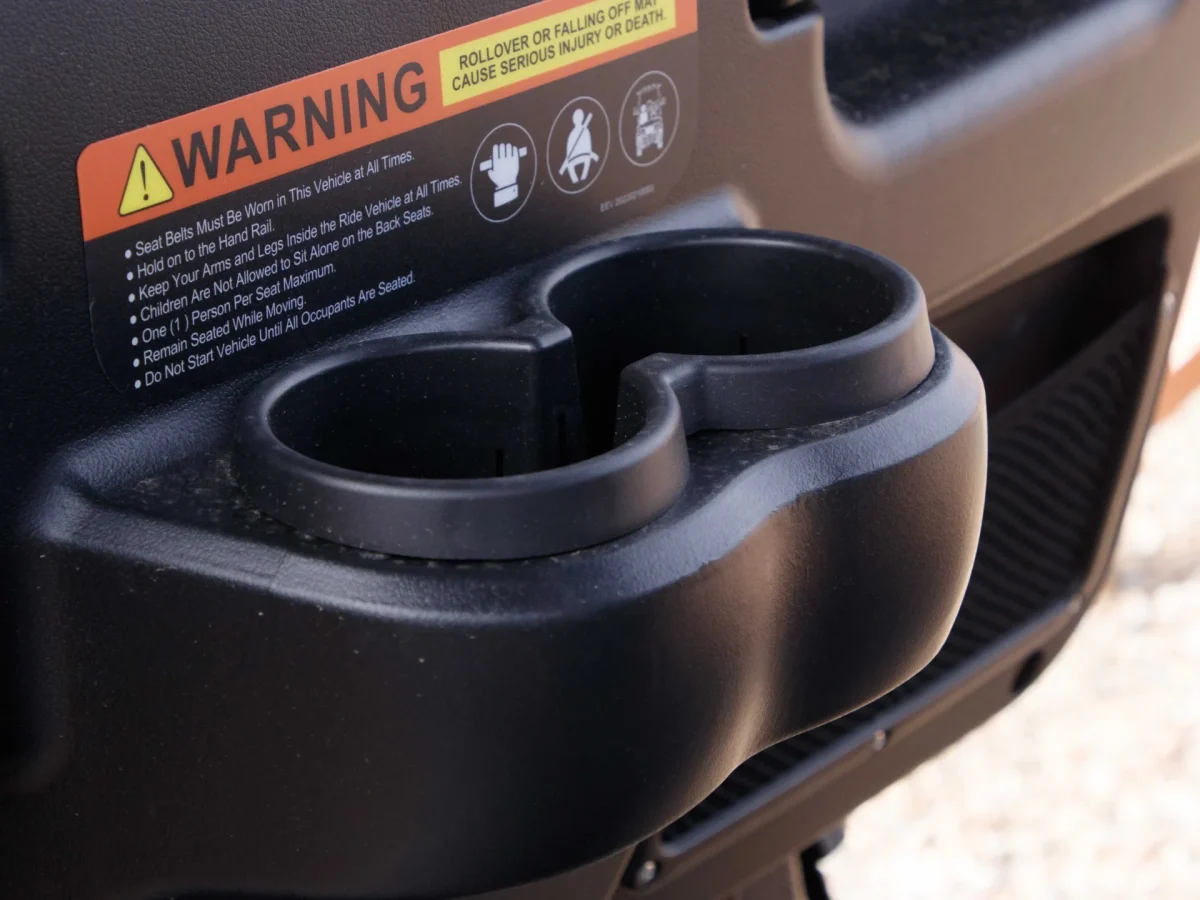
Passenger Safety and Best Practices
A golf cart’s seating capacity should never be exceeded. Make sure all passengers are seated fully and are holding on before starting. Never allow children to sit on laps or hang off the sides, even during short drives.
Avoid distractions like mobile phone use while driving. Carts may move slowly, but injuries and collisions can still happen. Always remain alert to your surroundings, especially in shared-use areas like campgrounds or resorts.
Parking and Shutdown Procedure
When you’re done driving, park on a level surface, set the direction selector to neutral or park, and engage the parking brake. Turn off the ignition and remove the key. For electric carts, this helps prevent battery drain. For gas carts, it prevents unwanted startups.
If the cart is used multiple times throughout the day, storing it in a shaded or covered location protects the dash and seats from UV damage. Prolonged sun exposure can cause cracking or fading, so consider using a weatherproof cover.
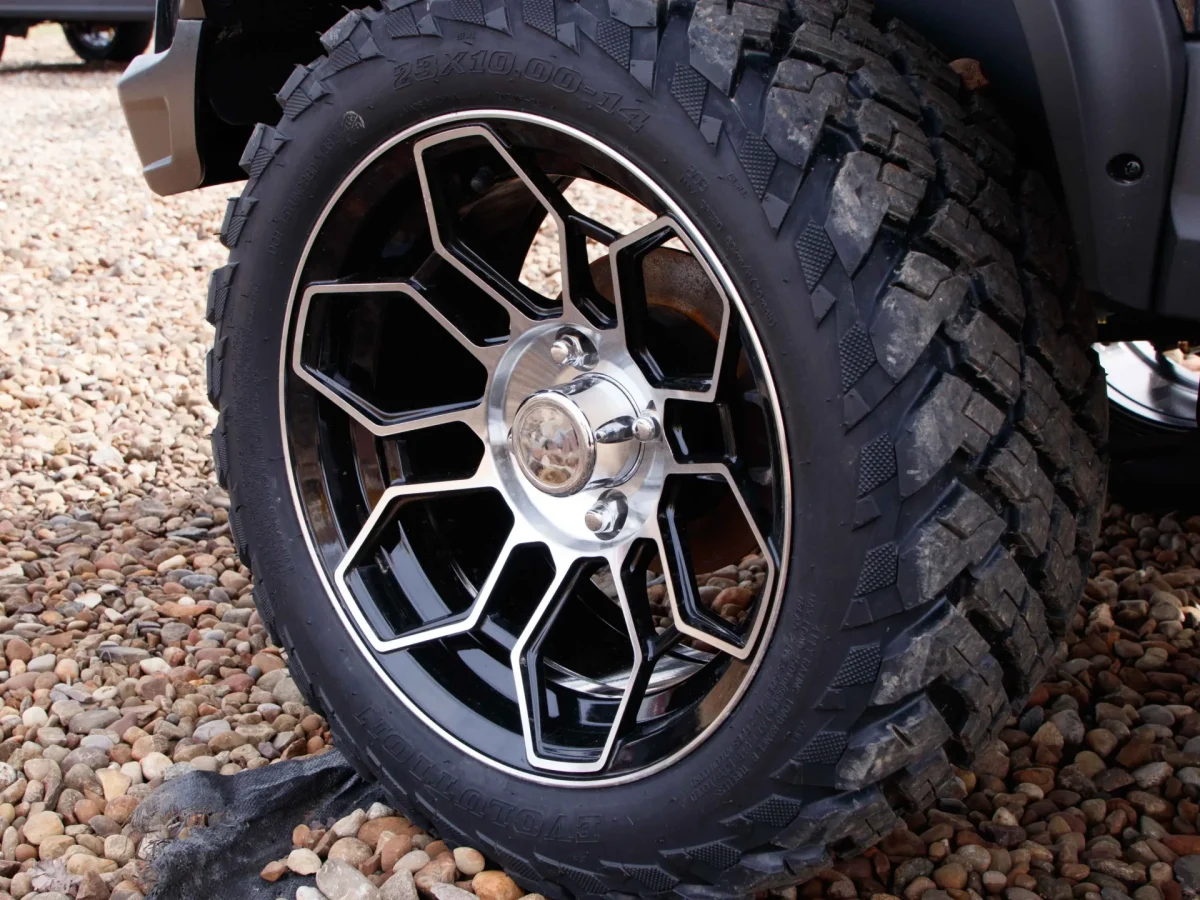
Conclusion
Knowing how to drive a golf cart goes beyond pressing the pedal—it includes safety, awareness, and proper handling. Whether you’re navigating hills, carrying passengers, or simply heading to the mailbox, understanding your cart’s systems and capabilities ensures a smoother ride.
For training, upgrades, or help choosing the right model for your lifestyle, contact the team at Hartville Golf Carts. We proudly serve Ohio and ship nationwide to help drivers make the most of every mile.
For technical guidance on driving and maintaining electric drivetrains, check out this resource from Battery University. For historical context and a breakdown of different cart types, see the Wikipedia article on golf carts.
Knowing how to drive a golf cart goes beyond pressing the pedal—it includes safety, awareness, and proper handling. Whether you’re navigating hills, carrying passengers, or simply heading to the mailbox, understanding your cart’s systems and capabilities ensures a smoother ride.
For training, upgrades, or help choosing the right model for your lifestyle, contact the team at Hartville Golf Carts. We proudly serve Ohio and ship nationwide to help drivers make the most of every mile.
For technical guidance on driving and maintaining electric drivetrains, check out this resource from Battery University.


